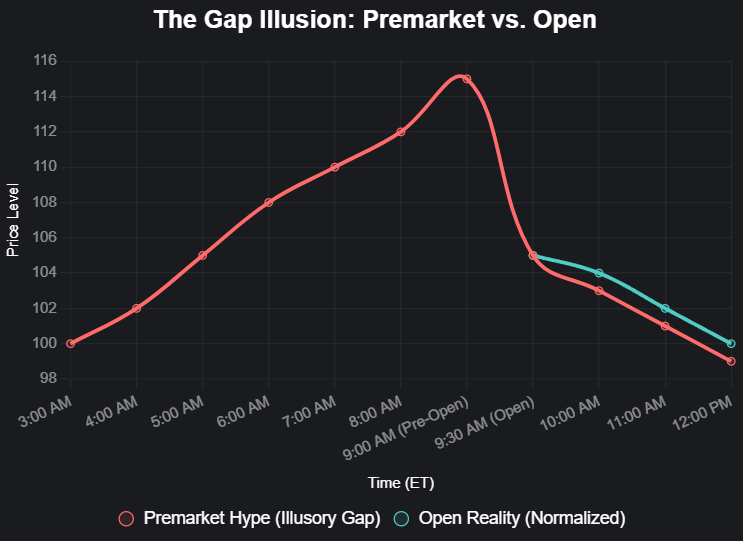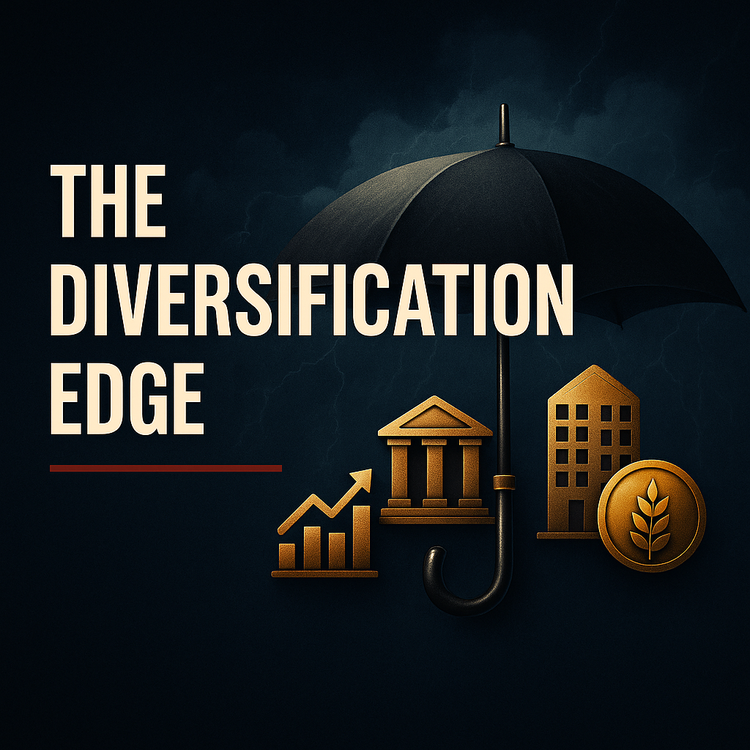Debt Consolidation: Your Portfolio’s Credit Score Hack

Drowning in bills? A debt consolidation strategy is your ticket to streamline finances and free up cash for market wins. It’s not a quick fix—it’s a calculated move to rebalance your financial portfolio like a pro. Get it right, it slashes interest and fuels wealth. Get it wrong, you’re bleeding cash like a bad trade. Ready to master your debt consolidation strategy and invest like a Wall Street shark?
Why a Debt Consolidation Strategy Wins
Your credit score isn’t just for loans—it’s a playbook for crushing debt and building wealth. FICO’s formula (payment history 35%, amounts owed 30%, credit history 15%, new credit 10%, credit mix 10%) mirrors how you’d pick stocks for consistency, low risk, and diversification. With U.S. consumer debt at $4.9 trillion in 2024, per the Federal Reserve, and credit card APRs averaging 21%, a debt consolidation strategy can cut costs and unlock capital for investing.
How Debt Consolidation Works: The Investor’s Playbook
Picture your debt as toxic assets: $10,000 at 22% APR, $7,000 at 18%, $3,000 at 15%. You’re losing $4,000 a year in interest, per NerdWallet’s calculator. Consolidate into a 10% APR loan, and you’re down to one $550 monthly payment over four years, cutting interest to $6,400 from $16,000 on minimum payments. Here’s the plan:
- Audit Your Holdings: List debts—balances, rates, payments. Use NerdWallet’s debt consolidation calculator.
- Check Your Score: A 670+ FICO gets 6-12% APR loans. Below 630? Expect 15-20%, per Equifax.
- Pick Your Asset: Personal loans, balance transfer cards, or home equity loans. Each has risks—foreclosure looms if you default on home equity.
- Execute and Hold: Pay off old debts with the new loan. Stick to the single payment like a disciplined investor.
A 2023 LendingClub survey showed 60% of borrowers saved $1,000-$5,000 in interest over three years. But loan fees (1-5%) can sting if you’re not sharp.
Debt Consolidation Strategy: Pay On Time for Dividends
Payment history drives 35% of your FICO score, like steady earnings for a blue-chip stock. Consolidation simplifies to one payment, cutting missed deadlines that tank your score. Procter & Gamble’s 68-year dividend streak turned $10,000 in 1980 into $500,000-$700,000 by 2024, per historical data. Miss payments? You’re General Electric in 2018, slashing dividends and crashing 50%. Automate your consolidation payment to stay rock-solid.
Debt Consolidation Strategy: Keep Debt Low, Avoid Blowups
Credit utilization (30% of FICO) demands debt below 30% of your limit. In markets, it’s about dodging margin disasters. Consolidation clears high-interest cards, like reducing portfolio leverage. Archegos Capital’s 2021 $160 billion leveraged bets imploded, costing banks $10 billion. In 2008, 3x leveraged ETFs lost 90% while the S&P fell 50%. Keep consolidation loans under 20% of income, and don’t borrow to invest until debts are cleared.
Debt Consolidation Strategy: Play the Long Game
Long credit history (15% of FICO) rewards staying power. Markets love patience—Johnson & Johnson’s steady growth since the 1960s turned $10,000 into $1.2 million by 2024, per dividend-adjusted returns. Consolidation can extend terms, but beware: CFPB data shows seven-year loans at 10% can cost more than three-year ones despite lower rates. Steady payments build your score, like holding a quality stock for decades.
Debt Consolidation Strategy: Avoid Hype, Skip Risky Bets
New credit (10% of FICO) dings your score with inquiries. Chasing SPACs or crypto in markets is just as reckless. Consolidation works if you avoid new debt post-loan. WeWork’s 2019 $47 billion valuation crashed post-SPAC; 80% of 2020-2021 SPACs trade below $10, per Bloomberg. Vet lenders like stocks—demand low fees and transparency. A 2024 MMI study found 25% of borrowers re-accumulated debt within two years. Lock away cards to stay focused.
Debt Consolidation Strategy: Diversify Your Finances
Credit mix (10% of FICO) shows you handle variety. Portfolios need diversification too. Consolidation pairs with a budget to manage spending, like spreading investments across sectors. All-in on one sector? You’re exposed to crashes like the Nasdaq’s 30% drop in 2022. A balanced fund like SPDR’s SPY, tracking the S&P 500, delivers 8-10% long-term returns. In 2020, diversified portfolios fell 20% versus tech’s 35% plunge. Balance debt payments and savings for stability.
Debt Consolidation Strategy: Picking the Right Play
Choosing a consolidation method is like picking a stock—match it to your risk and goals. Here’s the breakdown for your debt consolidation strategy:
| Loan Type | Rate (2024) | Best For | Risks |
|---|---|---|---|
| Personal Loan (SoFi, LendingClub) | 6-12% (670+ FICO) | $5,000-$50,000 debts, good credit | 1-5% fees, high rates if credit’s weak |
| Balance Transfer Card | 0% intro (15-21 months), then 18-25% | $1,000-$10,000 debts, quick payoff | High rate kicks in after promo, 3-5% transfer fee |
| Home Equity Loan | 5-8% | Large debts, homeowners | Foreclosure if you default |
Personal loans suit mid-sized debts but need discipline, like value stocks. Balance transfers work for small sums if paid off fast, like short-term bonds. Home equity loans are low-cost but high-stakes—think leveraged real estate. A 2023 Bankrate study found personal loans saved 20% more interest than balance transfers for debts over $15,000. Shop terms like you’d analyze P/E ratios.
Consolidation Fuels Investing Power
Consolidation frees cash for investing, like reallocating capital to high-yield assets. Paying off a $10,000 card at 20% APR with an 8% loan saves $1,200 a year. That’s $100 monthly for SPDR’s SPY ETF, which returned 8.5% annually from 2003-2023. Over 20 years, $100 monthly at 8% grows to $59,000, per Fidelity data. Consolidation turns debt payments into portfolio fuel.
Case Studies: Winners and Losers
Jane, a teacher, owed $30,000 at 19% APR. Her debt consolidation strategy used an 8% APR loan, cutting payments from $1,200 to $600 monthly, saving $7,000 in interest. She invested the savings in SPY, netting $10,000 in five years. Mike consolidated $15,000 but kept charging cards, adding $10,000 in new debt. His finances? A wreck, like betting on 2021 SPACs.
Takeaway: Win With a Debt Consolidation Strategy
Consolidation is portfolio management for your finances. Crunch numbers with a calculator, shop lenders like stocks, and kill spending habits that sink you. Ignore this, and you’re the market’s subprime borrower, bleeding cash while disciplined players win. Use Experian’s credit tools and Morningstar’s X-Ray to track progress.
Closer: Debt’s No Match for Discipline
Debt’s a beast, but a debt consolidation strategy is your edge. Treat your finances like a calculated market play—ruthless and long-term. Next up: How to build a financial “credit report” to spot risks before they tank you. Want more? Subscribe for no-BS advice.
Disclaimer: This is educational content, not financial advice. Consult a professional for your situation.






Member discussion